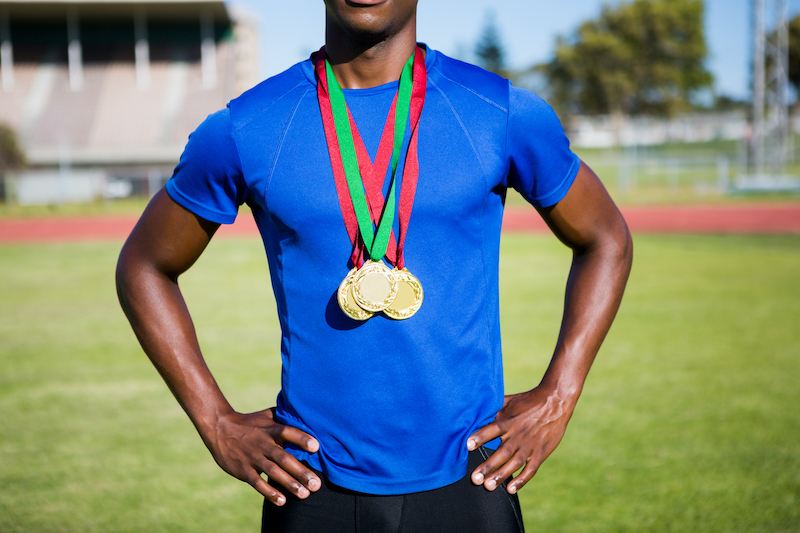Playing Multiple Sports Is More Advantageous To Young Athletes In The Long Run
In our last blog, we discussed how single-sport specialization is a trend that’s becoming increasingly more common in youth sports, even if it may not be in the best interests of these young athletes. As we noted, children who specialize in one sport are up to 93% more likely to suffer from an injury than those who play multiple sports, and they are also at an increased risk for burnout from fatigue and not giving taking adequate time for recovery.
For these reasons, most experts recommend that young athletes should diversify their pursuits and try to engage in multiple sports throughout most of their childhood. Research has shown that doing so is healthier for athletes and more likely to lead to long-term success. For example, early participation in multiple sports is associated with:
- Better overall motor and athletic development
- Longer athletic careers
- Increased ability to transfer sports skills
- Higher levels of motivation and confidence in sports
- Better decision-making, pattern recognition, and increased creativity
It may also come as a surprise and conflict with popular assumptions, but most athletes who play at the collegiate level have histories in multiple sports rather than just one. A study of nearly 300 NCAA Division I male and female athletes found that 88% participated in an average of 2-3 sports as children, and 70% did not specialize in a single sport until after 12 years of age.
If College Scholarship is the Goal – Think About Multi-Sport Participation
It’s also important for parents and coaches to recognize that only about 2% of high school athletes receive scholarships to play at the collegiate level. This should serve as a gentle reminder that the odds of achieving elite-level success are extremely slim, which means single-sport specialization could be for naught in many cases. Therefore, most young athletes should be encouraged to participate in several sports and activities throughout their childhood. For those that do decide to specialize in one sport, here are a few tips to avoid overuse injuries and burnout:
- Weekly participation (in hours) should not exceed the athlete’s age
- Athletes should take one or two days to rest each week, as well as one or more longer breaks (up to one month) throughout the year
- Athletes who engage in more than 16 hours of intense training per week should be monitored for signs of burnout and overtraining
- Encourage children to communicate clearly about any pain or discomfort
If you’re concerned with your child’s risk for sport specialization, Bacci & Glinn Physical Therapy can help.

